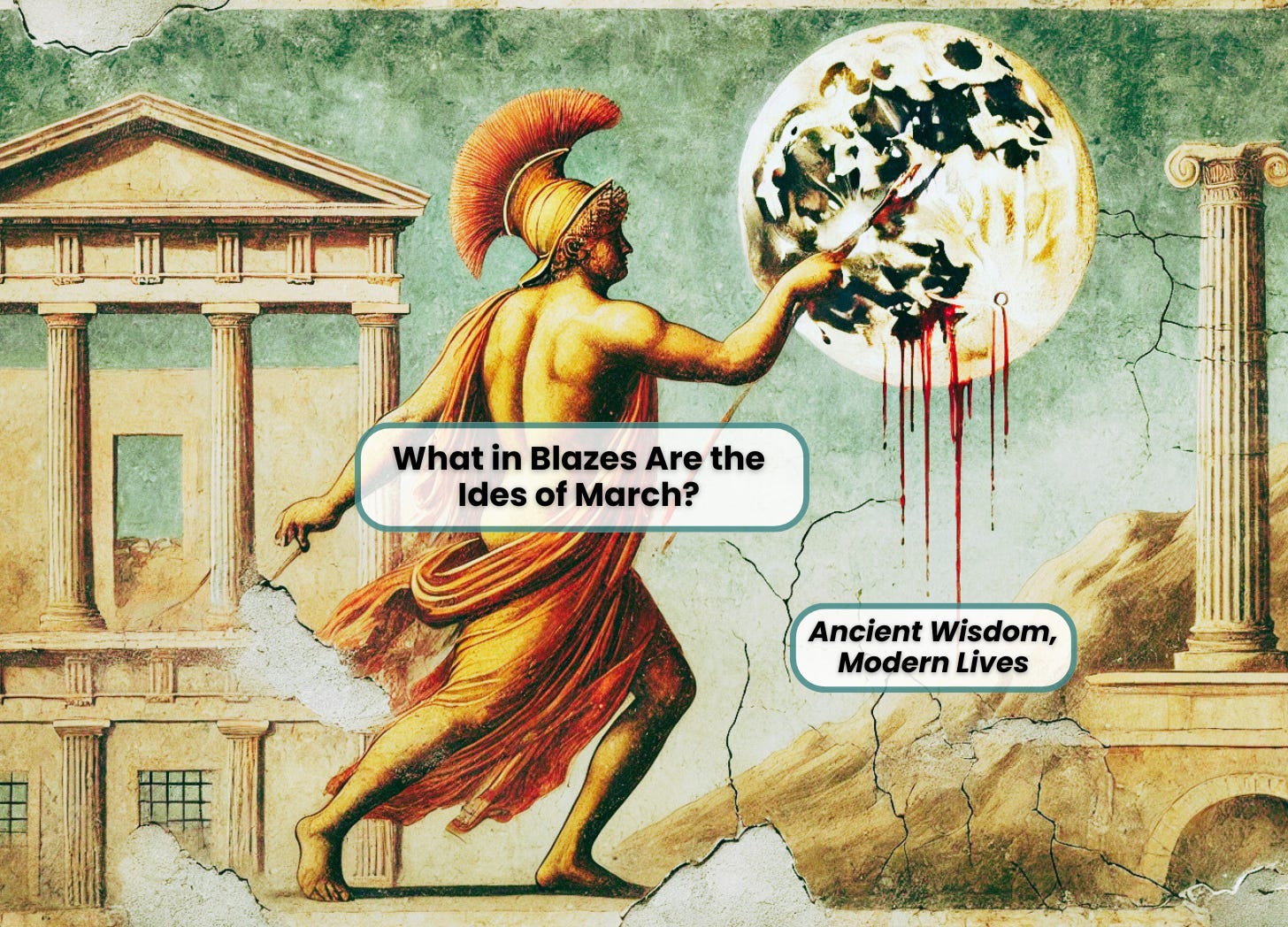Review: Sin: A History
Sin: A History. By Gary A. Anderson. (New Haven and London: Yale University Press. Pp. xv, 272. $30.00.)
The Lord’s Prayer — says Gary A. Anderson in Sin: A History — can be understood only in the light of the changing metaphors for sin. So too the practice of almsgiving, as well as important parts of Isaiah, Leviticus, and much more. That’s because all of them depend on different views of sin. Unfortunately, Dr. Anderson notes, “[i]n English, sin has become tethered […] to the word forgive” and that “ubiquitous rendering […] fails to reveal the major dialectal shifts that occurred in biblical language over time” (p.4). In other words, as he repeatedly claims, “sin has a history.”
In his well-researched and pleasantly easy-to-read book, Anderson identifies three different images of sin: first, as a weight to be borne; second, as a stain to be washed away; and third, as a debt to be repaid. In Part One, he traces the transition from the first (sin as weight) to the third (sin as debt). In Parts Two and Three he covers some consequences of the shift, including the now central notion of salvation by works.
Anderson’s initial arguments are largely linguistic, because, as he points out (p. 13), “[h]ow we talk about sin […] influences what will do do about it” (his emphasis). He takes language seriously, and (with few exceptions) presents an accurate picture of how language and metaphor work.
In Chapter 2, Anderson turns to sin in the First Temple period. The most common noun for “sin” in the OT is avon (which he spells `awon — but I’ll stick to easier to read transliterations here), and although three verbs are used in connection with OT “sin,” the idiom “to bear [the weight of]” (nasa), “predominates over its nearest competitor by over six to one” (p. 17). Hebrew speakers during the First Temple period compared “sin” to “weight.” Anderson notes that this imagery is especially and unfortunately lacking from most English translations, so many people who read the Bible remain unaware of this prevalent image. Anderson’s detailed account of sin in the OT is clear, compelling, and fascinating.
Chapter 3 addresses the Second Temple period — some parts of the OT, including Second Isaiah and Daniel. By this time, Anderson claims, another image has taken over, that of sin as debt. He further notes that “the explanation is not difficult to pinpoint: the influence of Aramaic” (p. 27). Here Anderson is on shakier linguistic ground. He runs the risk of having confused simultaneity with cause. But even so, his account of the final outcome is as clear here as it was in Chapter 2.
I no longer actively write this blog, but you can find me at Ancient Wisdom, Modern Lives
Subscribe Now I'd love to see you there!Particularly convincing is his summary of Aramaic Targum translations of some Hebrew Bible passages on page 28. In Leviticus, the Hebrew “bear the weight of his sin [nasa avono]” becomes the Aramaic “assumes a debt [y’kabel choveh]” (Lev. 5:1). The Hebrew cheto nasa (also “bear the weight of his sin”) in Lev. 24:15 similarly becomes y’kabel choveh in Aramaic. Furthermore, the Hebrew verb “to sin” in Lev. 5:1, techeta, becomes “to be indebted” or “to be obligated” (techov) in Aramaic.
Uncontent to stop there, Anderson provides a detailed analysis of Aramaic financial terms, and shows how they are systematically mapped into the domain of sin.
The stage is thus set for Parts Two and Three of Anderson’s work, which detail the role of sin-as-debt in a variety of biblical, extra-biblical and post-biblical settings.
Anderson starts with Second Isaiah and some late additions to Leviticus, highlighting passages like “Speak tenderly to Jerusalem, and declare to her that her term of service is over, that the debt owed for her iniquity has been satisfied” (Isaiah 40:2) that evidence the early equation of sin with debt.
Anderson takes the reader through Daniel and then early rabbinic and Christian sources, again making a clear and cogent argument: sin is debt. Furthermore, sin can therefore incur interest and cause default.
For the prophets, exile was the interest on the debt.
The ancient punishment for default was slavery, which explains, for example, Isaiah 50:1: “…and which of My creditors was it//to whom I sold you off?// You were sold off for your sins” (NJPS translation, which Anderson uses; p. 48). Similarly, Romans and central passages from 2 Colossians make sense only in this paradigm: “But I am of the flesh, sold into slavery under sin” (Romans 7:14) and “Christ erased the bond of indebtedness that stood against us” (2 Col. 2:14).
Indeed, “forgive us our debts as we have forgiven our debtors” (Matthew 6:12) makes sense only in the broader context of sin as debt, a fact reflected in the Peshitta (the Aramaic Bible), where Anderson translates the Aramaic verb for “forgive” as “to wavie one’s right [to collect]” and the noun specifically as “debt” (p. 111).
In Part Three, Anderson turns to a final aspect of debt: it can be countered by payments. We should not be surprised to find that the same becomes true of sin.
For example, Anderson cites a well known passage from the Talmud (middle of the 1st millennium AD) — now part of the traditional daily Jewish liturgy — that some good deeds “accrue interest in this world, while the principal remains for the world to come” (my translation; p. 175). Similarly, St. Augustine (also the middle of the 1st millennium) observed: “Give a little and receive on a grand scale. Look how your interest in mounting up! Give temporal wealth and claim eternal interest, give earth and gain heaven” (p. 164).
Is is this context, Anderson claims, that created the notion of salvation by works and that made almsgiving so central. Both are ways of countering the indebtedness of sin.
In his final chapter, Anderson addresses “Why God Became Man,” citing and adding to St. Anselm of Canterbury’s 11th-century Cur deus homo (Why God Became Man). Anderson writes, “In developing [St. Anselm’s] argument, he provides an account of the sin of Adam and the great debt this sin occasioned. The metaphor of sin as a debt, as a result, informs every page of this book” (p. 189).
Anderson’s work is cogent, innovative, clear, and a model of popular scholarship. Anyone interested in the role of sin will gain from reading Sin: A History, as will those who want to learn more about language, metaphor, and the beautiful complexity of biblical theology. For this we are all in Anderon’s debt.
Bible Bible translation Gary A. Anderson Lord's Prayer metaphor.sin Our Father translation






3 Responses
[…] my case, I was happy to discover Joel Hoffman’s review of a book by Gary A. Anderson, who was one of my doctoral advisors. Anderson’s recent book is […]
[…] Furthermore, “sin” itself was seen as a weight, a burden to be borne. (For more, take a look at Anderson’s wonderful book Sin: A History, or start with my review.) […]
[…] Review: Sin: A History […]